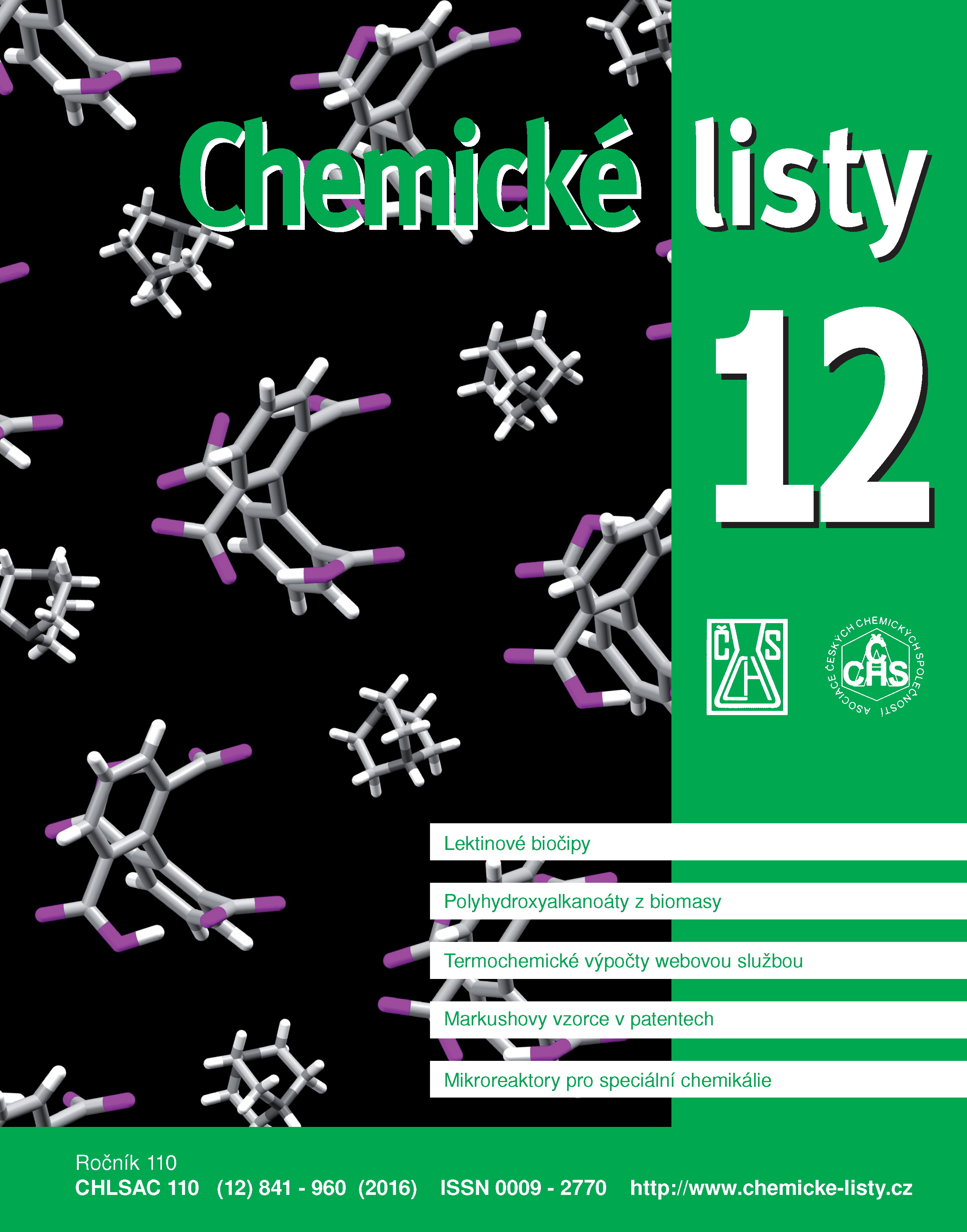Novel Method for in vivo Monitoring of the Molecular Basis of Drug Addiction
Keywords:
microdialysis, high performance liquid chromatography, mass spectrometry, nucleus accumbens, dopamine, methamphetamineAbstract
A novel method was developed for a parallel, rapid and precise tracking of dopamine and its metabolites (homovanillic acid, 3-methoxytyramine and 3,4-dihydroxyphenylacetic acid) in the brain. The method consists of a sample collection using microdialysis from specific brain region, a lyophilization step to concentrate analytes from the microdialysates, and a quantification step exploiting high performance liquid chromatography combined with electrospray ionization tandem mass spectrometry (HPLC-ESI-MS/MS). This was employed in an experimental study investigating the effect of a prenatal exposure to methamphetamine on development of mesolimbic dopaminergic system. It was determined that abusing methamphetamine during pregnancy induces permanent changes in the nucleus accumbens of adult rats. Namely, the basal levels of dopamine and its metabolites are higher and a response to acute dose of methamphetamine is stronger in prenatally exposed rats compared to control rats. Furthermore, the developed methodology can be optimized for use in different brain regions and for analysis of diverse chemical substances. This highly applicable technique could thus be a source of valuable information about brain physiology as well as pathophysiology on the molecular level.





